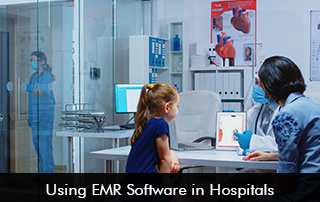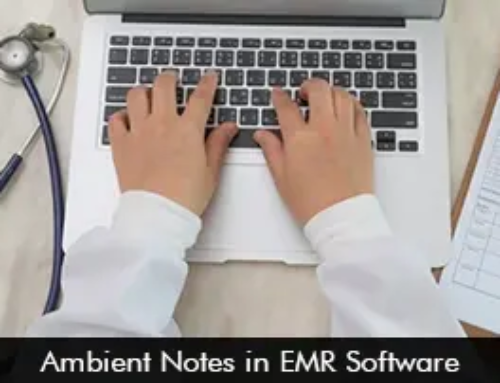Hospitals in the USA have transformed by implementing Electronic Medical Records (EMR) Software Systems. The robust technology of EMR Systems has added value to hospital care and management by automating tedious daily tasks, keeping patients and staff members satisfied. Quick access to digital patient records keeps providers up-to-date at the point of care, enhancing patient safety.
Streamlining Patient Data for Improved Care Coordination with EHR Software
In a hospital environment, patients frequently encounter numerous departments such as radiology, laboratories, pharmacies, and an array of specialists. EMR Software establishes a consolidated digital repository of each patient’s medical background, including medications, allergies, test outcomes, and care plans.
This comprehensive perspective enables physicians, nurses, and other personnel to remain well-informed and current in real time. The Centers for Disease Control and Prevention (CDC) underscores that EMR Systems can notably boost care coordination, particularly during transitions such as shift alterations or handoffs between departments. By minimizing communication discrepancies, hospitals lower the likelihood of redundant tests, prescription mistakes, and delays in treatment.
EMR Software Boosts Productivity and Lightens the Administrative Load
Hospitals run on tight schedules and limited budgets, and EMR Software is a real help in streamlining their operations. It takes over a lot of the administrative grunt work, things like digital charting, electronic prescriptions, automated billing, and even discharge summaries. All of this adds up to significant time savings.
Switching from paper to digital records means hospitals can find patient information faster, save on storage costs, and speed up the whole documentation process. The American Medical Association (AMA) has even noted that a well-designed Electronic Medical Records Software System can ease the burden of paperwork on doctors, which is a big deal since physician burnout is a serious problem in hospitals these days.
Improved Patient Safety with EMR Software Functionality
EMR Software comes equipped with clinical decision support tools that highlight potential problems like drug interactions, unusual lab results, or overlooked preventive screenings. These features serve as a safety net for healthcare providers in the hectic atmosphere of hospitals.
By integrating alerts, reminders, and evidence-based care guidelines, EMR Software aids clinicians in making swift, well-informed decisions. The CDC points out that these tools are particularly beneficial in enhancing outcomes for patients with chronic illnesses or those under critical care.
The Top 4 Hospital EMR Software in 2025
In 2025, the factors influencing hospital EMR Software decisions will increasingly be interoperability, AI advancements, user-friendliness, and cost-effectiveness. No matter if you’re a big academic hospital or a small rural one, there’s an EMR System out there that meets your needs.








